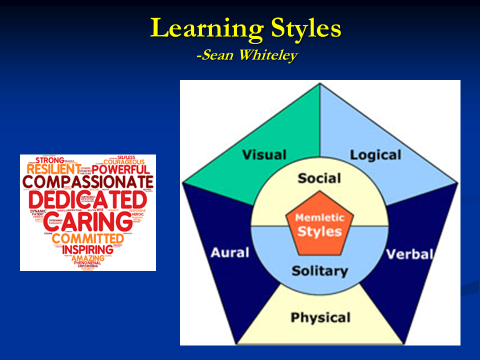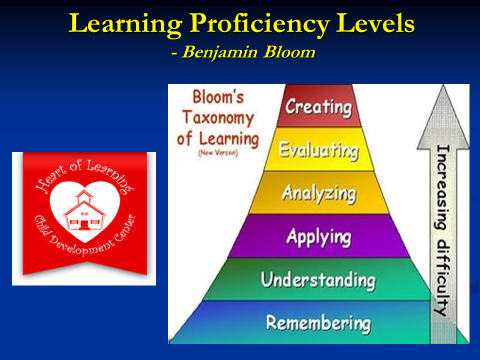
How We Learn
– Musings of Dr. Jamie Hsu, 9.27.2019
As individuals, we all have different ways of learning. According to Sean Whiteley, we use a combination of 5 learning styles which rely on different parts of the brain to help us remember.
Visual learners prefer using pictures and images. The back of the brain is most active in spatial understanding and orientation.
Aural learners prefer using sound and music to learn. The right temporal lobe is especially important for music.
Verbal learners prefer using written or spoken words. The part of the brain which controls linguistics is most active.
Physical learners prefer using their bodies and their sense of touch. The motor cortex of the brain controls such movements.
Logical learners prefer using logic and reasoning. The left side of the brain is most active in this style.
In addition to these 5 learning styles, people also have different preferences for the settings in which they learn; some prefer solitary settings and working alone, and some prefer social settings and learning with others.
In addition to finding out the best learning styles for us, it is also important to improve our learning proficiency, as described by Benjamin Bloom’s Taxonomy of Learning. We need to move from mere memorizing to understanding, applying, analyzing, evaluating, and ultimately, to creating. The more we engage our brains, the more we learn. The purpose of true learning is to be able to internalize knowledge and to create something valuable to serve others.
And as we all know, learning is motivated by the heart. When an experience touches our hearts and emotions, it sticks with us or drives us to know more.
As parents, teachers, or bosses, we must have a solid understanding of these styles, proficiency levels, and motivations. This understanding will help others to use the most suitable styles to achieve high proficiency learning.


我們要如何學習
-作者 許俊宸博士
-中譯 薛乃綺
每個人都有不同的學習方式。根據Sean Whiteley 的分析,我們可能會混和使用以下5種型態來學習,每種都依照大腦不同的部位來幫助我們的記憶與學習。
視覺型態 偏好使用照片及圖象。大腦背面對於空間的理解和方向最為活躍。
聽覺型態 則傾向使用聲音與音樂來學習。右側的顳葉對於音樂尤其重要。
口語型態 喜歡使用書寫或口語表達。大腦對於語言控制的部位會相當活躍。
動作型態 則使用身體動作及觸覺。大腦的運動皮層控制這個部分的學習。
邏輯型態 運用邏輯及推理。大腦的左側對此種方式最為活躍。
除了這5種方式外,人們在學習環境方面有不同的偏好。有些人喜歡獨自一個人工作、有些則喜歡社交環境和大家一起學習。
除了找出最適合自己的學習方式之外,也要運用Benjamin Bloom 的學習進類,来增进學習的效益,要從單純的記憶、做到理解、應用、分析、評估,以及最高端的創造能力,才達到學習的真意。腦筋動得越多,我們的學習就越快越有效。真正學習的目的,是能夠將其內化,並且創造出有價值、可以服務別人的東西。
我们也都知道,当我们被感動时,那种記憶会更深刻, 學習的欲望也会更强烈。‘虚心’‘動心‘ 和‘用心’都是很强的學習驱動力。
作為父母、老師、老闆,我們必須了解這些不同的學習型態,並且熟悉应用,如此才能教別人運用最合適他們自己的樣態,来達到更高階的學習效益。


